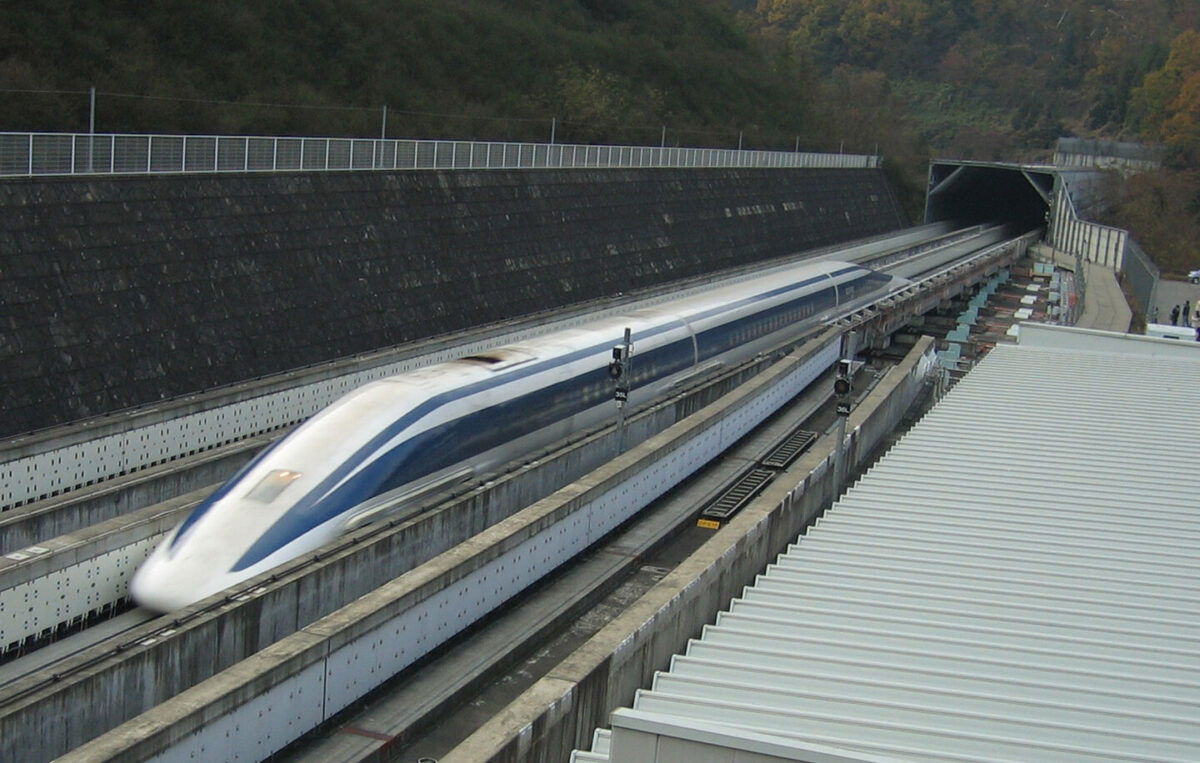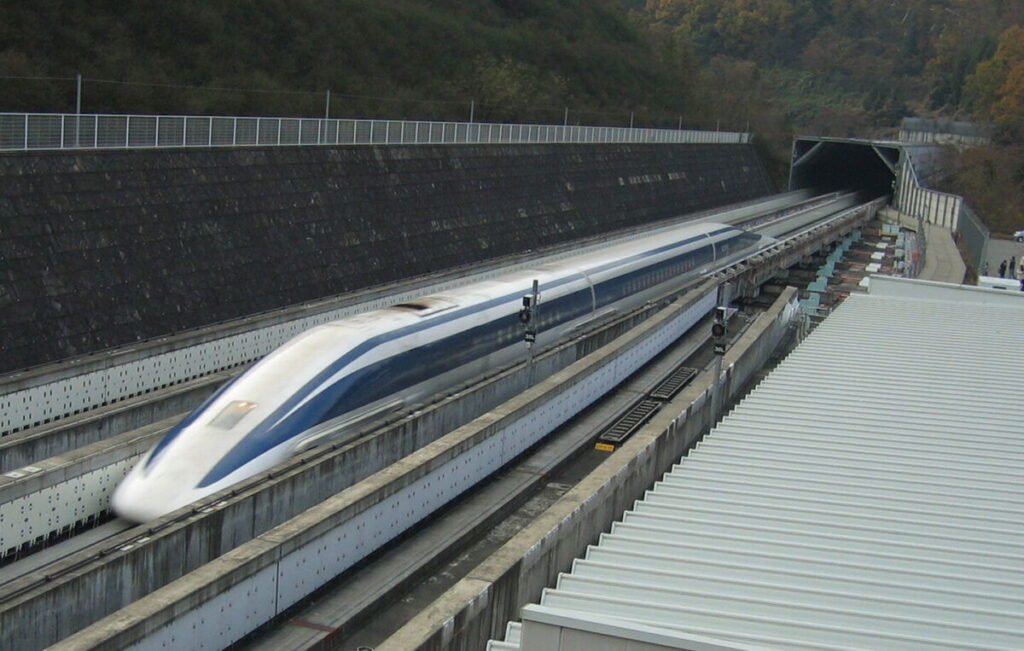The thought of a tunnel beneath the Atlantic that connects America and Europe has captured the creativeness for over a century and is regularly nurtured on social media. However how shut is it to attaining the dream of a tube practice beneath the Atlantic? Or it is all – a dream dream?
First envisioned in 1888 by Michel Verne, son of well-known creator Jules Verne, and in his story, a illustration of the longer term, the idea developed from science fiction to urge for food regardless of its distant and scientific potentialities. This dream received traction in 1945 when Robert Goddard, the pioneer of area journey and the developer of the primary profitable liquid-fueled rocket, patented a high-speed vacuum transport system. His design goals to attain fast acceleration and deceleration whereas minimizing friction from non-magnetic means equivalent to fluid strain.
Thrilling Ideas: Transatlantic Practice Tunnel
The prospects are thrilling. I boarded a practice in Madrid and acquired off in New York Metropolis over an hour later. In accordance with theoretical estimates, a journey between New York and London might take simply 54 minutes if a vacuum practice travels at an astounding 8,000 km/h. Nonetheless, present technological advances equivalent to hyperloop vacuum practice methods enable speeds as much as 1,200 km/h to be achieved. Even when there’s a practice that may constantly preserve that pace, transatlantic journeys nonetheless take over 4 hours, which is able to considerably enhance present journey occasions, however removed from the 54-minute goal. Moreover, the 1,200 km/h goal solely brings the theoretical goal, because the precise exams haven’t but exceeded 600 km/h.
The challenges are past pace. The Eurotunnel, which connects England and France, the world’s longest undersea tunnel up to now, is slightly below 40 km, and value 13,000 staff and about 16 billion euros (right now’s worth) for six years. In distinction, a transatlantic tunnel ought to lengthen roughly 100 occasions its size. The Eurotunnel reaches a most depth of 115 meters (377 ft), however the Atlantic tunnel should descend no less than 10 occasions deeper to navigate the seabed and face exponentially excessive strain. Present engineering capabilities should not one thing that aren’t but geared up to construct a construction sturdy sufficient to face up to such situations.
Is the transatlantic practice tunnel only a dream?
Different hurdles embody the big scale of the venture. For perspective, the world’s longest bridge extends to 164 km, whereas the transatlantic bridge have to be 30 occasions longer. For now, the dream of a transatlantic tunnel stays a utopian idea and the quickest and least expensive solution to cross the Atlantic. Whereas technological developments might sooner or later make this imaginative and prescient a actuality, the journey from science fiction to science details stays a serious step.



